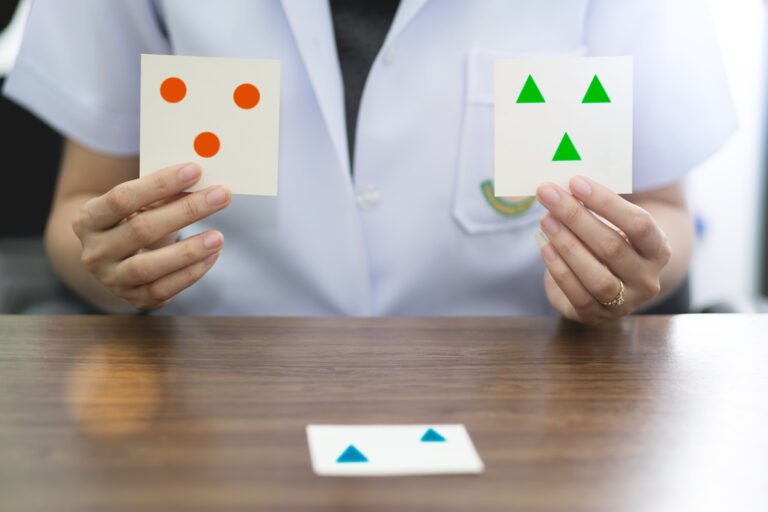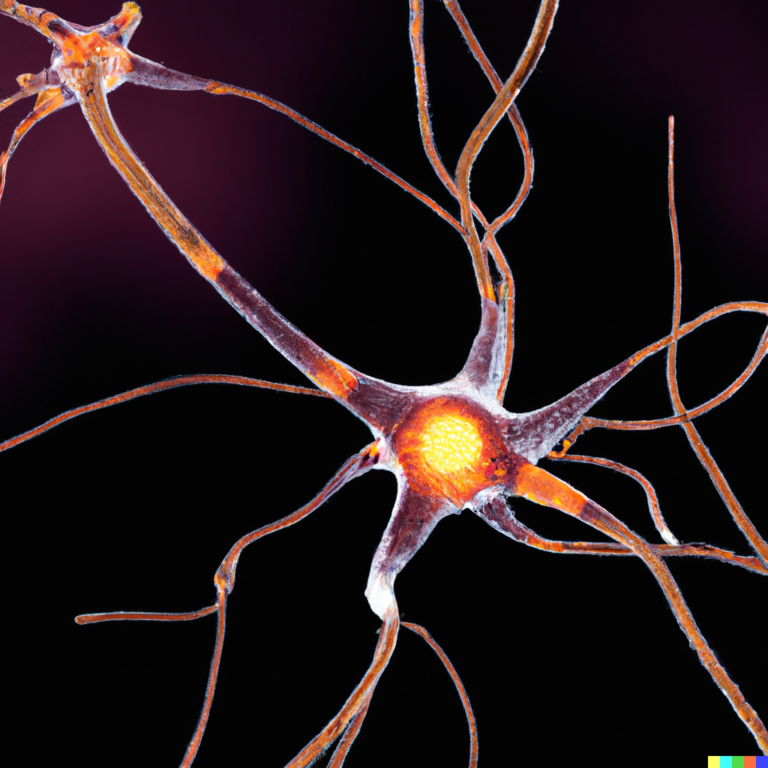Using textured fabrics is a simple yet effective way to stimulate positive sensory experiences. This approach can be particularly beneficial for children and individuals with sensory sensitivities, as it provides a tactile experience that can be both calming and stimulating.
### Understanding the Power of Texture
Texture is one of the first senses to develop in infants, making it a fundamental part of sensory development. Exploring different textures helps individuals understand the world around them by engaging their sense of touch. Textured fabrics offer a wide range of sensations, from soft and smooth to rough and bumpy, which can evoke various emotional responses.
### Benefits of Textured Fabrics
1. **Cognitive Development**: Handling different textures helps individuals learn about the properties of materials, such as soft vs. hard or rough vs. smooth. This cognitive development is crucial for understanding the physical world.
2. **Emotional Regulation**: Textured fabrics can have a calming effect, especially when using soft materials like cotton or silk. Conversely, rougher textures can be stimulating, helping to release pent-up energy.
3. **Creativity and Imagination**: Engaging with textured fabrics encourages creative play and imagination. For example, using different fabrics to create costumes or props can enhance role-playing activities.
### Activities to Try
1. **Fabric Sorting**: Gather various fabrics with different textures and ask children to sort them into categories, such as soft, rough, or smooth. This activity enhances fine motor skills and cognitive development.
2. **Fabric Rubbings**: Place a piece of paper over a textured fabric and rub it gently with a crayon or pencil to create a textured impression. This activity introduces children to the concept of texture in art.
3. **Sensory Bins**: Fill a bin with different fabrics, along with other textured materials like beads or rice, for a tactile exploration experience.
4. **DIY Projects**: Use textured fabrics to create simple crafts, such as collages or stuffed animals. This encourages creativity and fine motor skill development.
### Incorporating Textured Fabrics into Daily Life
Incorporating textured fabrics into daily activities can be as simple as using a variety of fabrics for clothing or upholstery. For instance, choosing a rug with a unique texture can add depth and interest to a room while providing a sensory experience.
By embracing textured fabrics, you can create a more engaging and sensory-rich environment that fosters positive sensory experiences for everyone involved. Whether it’s through play, creativity, or simply exploring the tactile world, textured fabrics offer a versatile tool for enhancing sensory development and emotional well-being.





